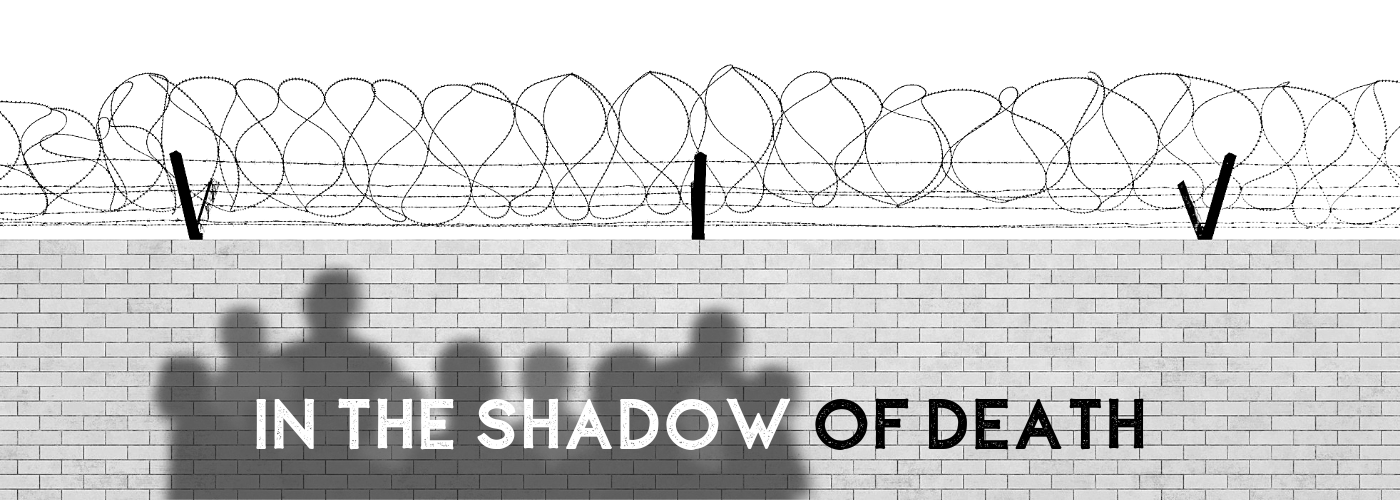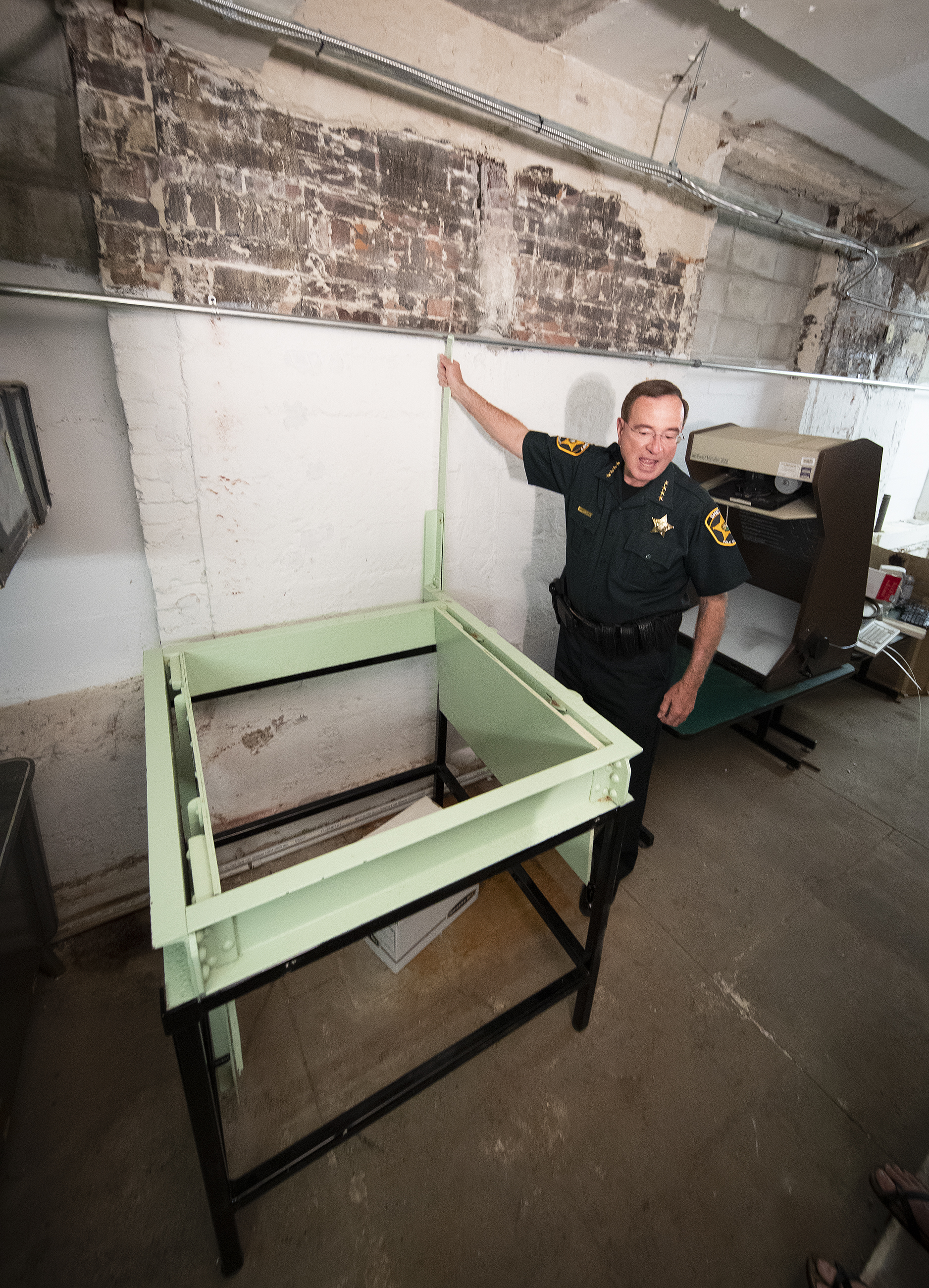

Want to know when new stories are published to the series? Sign up here to get an email when we update.
SubscribeExecutions evolve as the laws around them change
In the spring of 1910, Florida Gov. Albert Gilchrist signed a death warrant mandating that Robert Dekle of Polk County be hanged for killing another man and a woman six months earlier after an argument over a dice game.
It may be the earliest documented execution to have taken place in Polk County, said Myrtice Young, historic preservation manager at the Polk County History Center.
It also may have been the last.
At that time and until 1924, the responsibility for carrying out the governor’s execution mandates fell to the county sheriffs, prompting the county to build a gallows in the Polk County Jail around 1917. It’s uncertain how many times it was used, if ever, before the state assumed control of executions in 1924, but it remained in the county’s jailhouse for more than 50 years as a silent testament to a bygone era.
“I remember seeing that gallows in the jail when I started working at the Sheriff’s Office in 1972,” said Sheriff Grady Judd. “There was a trapdoor in the floor, and in the ceiling there was an eye hook, where the rope went through.”
When the county expanded the jail in the 1970s, a worker on the construction crew snatched up the discarded trapdoor, along with some bars and other memorabilia, and assembled a makeshift museum at his Lakeland home, Judd said. When he died about a decade later, his wife called the Sheriff’s Office, asking if the department wanted his collection.
“That’s Polk County history, so we definitely wanted it,” Judd said.
The Sheriff’s Office kept the trapdoor in storage until a place could be identified to display it. That place came along about 20 years ago, when the Polk County History Center opened in the county’s 1908 courthouse in Bartow. The steel trapdoor remains as part of the center’s collection.
'In the Shadow of Death' is a yearlong series by The Ledger exploring the lives of the 14 men on death row who were convicted in Polk County, their crimes and legal cases, the death penalty itself and those affected by all of it.
By 1924, sheriffs across the state convinced legislators that the state Department of Corrections should assume responsibility for executions, and the method should shift from hanging to electrocution. On Oct. 5, 1924, Frank Johnson of Duval County became the first to die in Florida’s electric chair.
Since those early days, Florida’s laws governing the imposition of the death penalty have remained fluid — changing to meet new standards in state and federal law.
Until 1972, juries made their sentencing recommendations in death penalty cases based on a presumption of death, said Tenth Judicial Circuit Public Defender Rex Dimmig, whose office represents indigent defendants in Polk, Highlands and Hardee counties.
“A jury had to have a majority vote to recommend mercy,” he said. “Otherwise, the defendant got the death penalty.”
But a U.S. Supreme Court ruling in 1972 changed that, along with other elements of the death penalty process.
The nation’s high court ruled that states, including Florida, were imposing the death penalty arbitrarily, without a standard by which all cases were measured. As a result, the sentences of the 96 inmates on Florida’s death row were commuted to life imprisonment, and the Florida Legislature had to draft a law including uniform standards. In 1976, the U.S. Supreme Court upheld Florida’s revised law, reinstating the death penalty statewide.
The state’s standards established a list of aggravating factors that prosecutors could argue in seeking the death penalty, which can be used only in premeditated murder cases. The changes also shifted the presumption — juries now assumed a convicted murderer would get a recommendation for life imprisonment unless there was a compelling reason to recommend the death penalty, Dimmig said.
Under the law, the presiding judge decided whether prosecutors had proven those aggravating factors.
That law remained in effect for 40 years — until the U.S. Supreme Court’s ruling in Hurst vs. Florida in 2016 again upended the state’s death penalty process.
In January 2016, the nation’s high court ruled in a Pensacola murder case that Florida’s death penalty process was unconstitutional. The justices ruled that the state’s practice of giving judges, and not jurors, the authority to decide whether the state had proven the aggravating factors supporting a death sentence was flawed. As the legal finders of fact, only jurors held that authority, the court ruled.
That ruling put death penalty cases across the state on hold until the Legislature could revise the state’s death penalty law to reflect the Supreme Court’s mandate.
That revision came in 2017, when the Legislature not only mandated that juries decide which of the aggravating factors, if any, prosecutors have proven, but also that juries agree unanimously on a sentencing recommendation. Before the change, 12-member juries could recommend death based solely on a majority vote. Revisions to the law also prohibited judges from overriding a life recommendation and imposing a death sentence. They could, however, override death and impose a life sentence. ⬛
